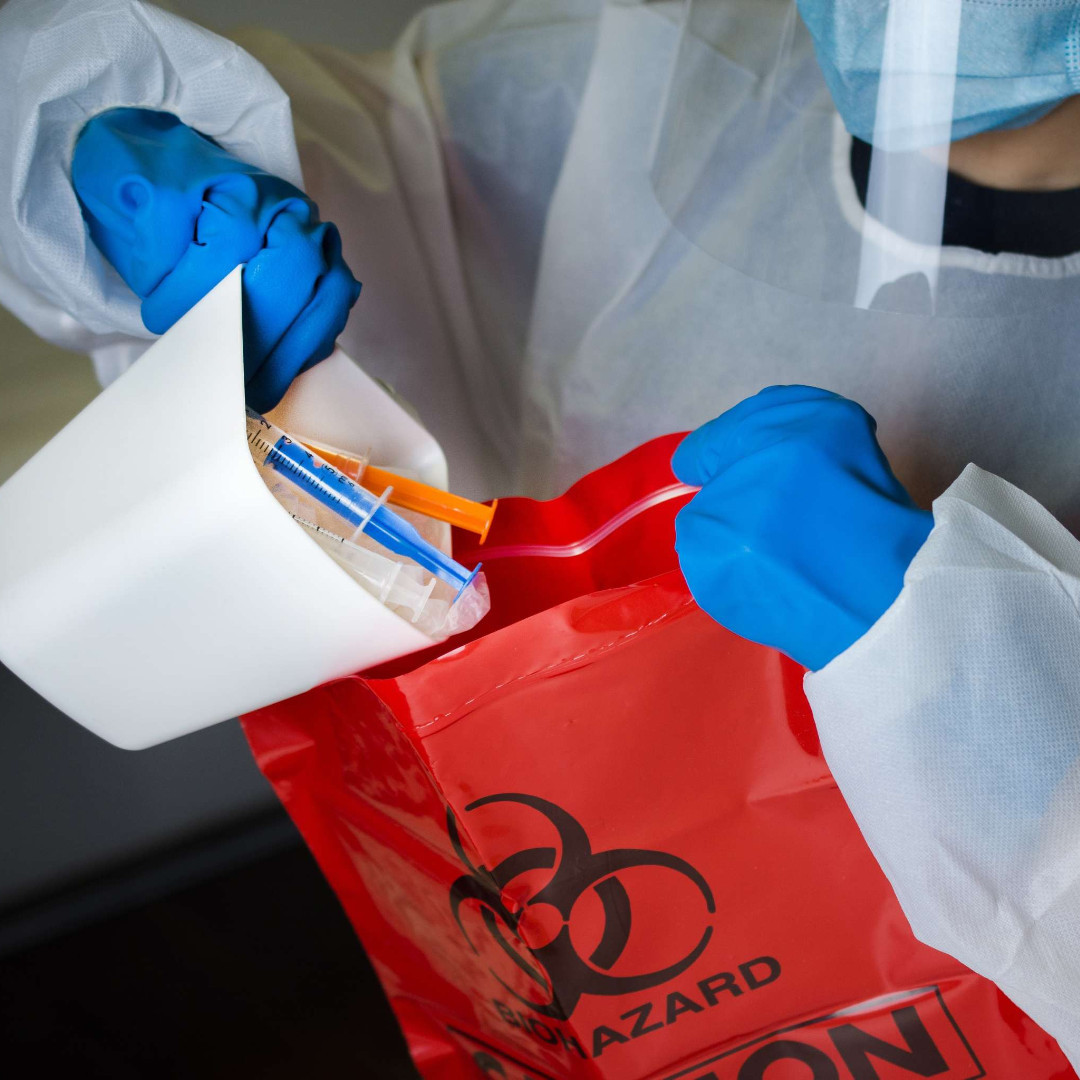Published: March 2, 2017
This post, A Strong Culture of Safety Begins With Leadership, first appeared on www.outpatientsurgery.net.
Healthcare leaders who fail to promote and support safety protocols within their facilities are at least partially to blame for such adverse events as wrong-site surgery and delays in treatment, according to a Sentinel Event Alert released by The Joint Commission.
“A strong culture of safety begins with leadership — their behaviors and actions set the bar,” says Ana Pujols McKee, MD, executive vice president and chief medical officer at The Joint Commission. “I urge all healthcare leaders to make safety culture a top priority.”
The alert outlines 11 steps to creating a culture of safety. How many are in place at your facility?
- Build trust Encourage staff members to voluntarily report and learn from adverse events and close calls.
- Define accountability Make sure staff members understand the difference between human errors that are blameworthy and mistakes that result from system breakdowns.
- Collaborate Promote behaviors that demonstrate respect in interactions, activities and programs aimed at improving the safety culture.
- Communicate Team members must understand the policies that support safety culture and the importance of reporting adverse events, close calls and unsafe conditions.
- Celebrate safety champions Recognize staff members who identify unsafe conditions or make suggestions for improving patient safety.
- Set a baseline Assess your current safety culture and protocols in order to measure the effectiveness of future quality improvements.
- Drill down Find improvement opportunities and successful solutions by surveying frontline staff in every department and unit of the facility.
- Create change Develop unit- and department-specific quality improvement initiatives to improve the safety culture across the facility.
- Strengthen safety systems Training based on evidence-based frameworks enhances the performance of teams in the high-stress, high-risk OR environment.
- Be proactive Review existing systems and protocols for safety-related vulnerabilities and prioritize them for process improvement.
- Review and respond Conduct drills every 18 to 24 months to assess the facility’s safety culture and to sustain process improvements.
The Joint Commission says healthcare leaders who are truly committed to protecting patients ensure elements of a safety-conscious work environment are visible on a daily basis and allocate facility resources to supporting safety-related protocols. They also promote a just culture, which encourages and even rewards the reporting of errors and near misses, and drill down to the root causes of breaches in safe patient care in order to make improvements based on the lessons learned.
This post, A Strong Culture of Safety Begins With Leadership, first appeared on www.outpatientsurgery.net.











